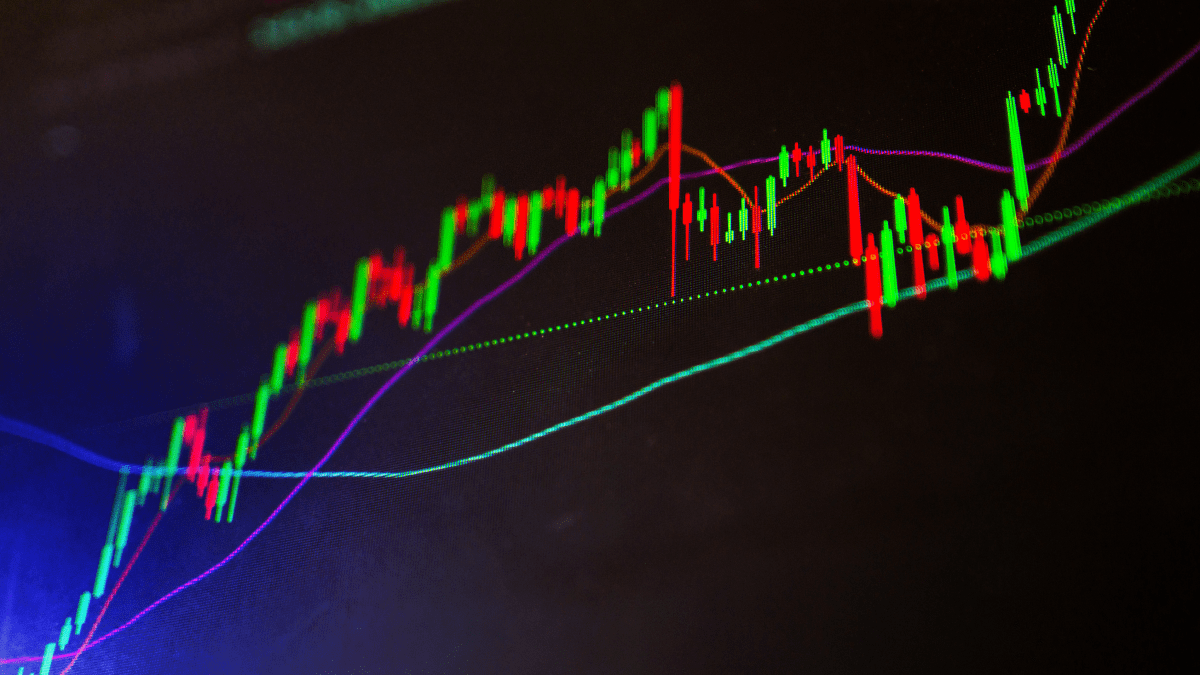In the financial world, you’ll often hear terms like “bull market” and “bear market” thrown around. While a bull market signifies rising asset prices and investor optimism, a bear market represents the opposite—a period of declining asset prices often accompanied by widespread pessimism. Understanding what a bear market is, its causes, and how to navigate it can be crucial for investors. Here’s what you need to know.
Defining a Bear Market
A bear market is generally defined as a prolonged period in which a particular asset or group of assets experiences a price decline of at least 20% from recent highs. This downturn typically lasts for several months or even years and is often marked by investor uncertainty and fear.
The Causes of a Bear Market
Various factors can trigger a bear market, ranging from economic downturns and rising interest rates to political instability and natural disasters. Often, it’s a combination of these elements that contribute to a prolonged period of falling asset prices.
Psychological Impact on Investors
The effects of a bear market are not just financial; they are psychological as well. Investor sentiment tends to be negative, leading to a vicious cycle where pessimism drives further price declines. This can result in panic selling, which exacerbates the downturn.
Investment Strategies in a Bear Market
Contrary to popular belief, a bear market is not necessarily a no-go zone for investors. Strategies like short selling, diversification, and dollar-cost averaging can be employed to mitigate losses or even profit from the downturn. Some investors see bear markets as buying opportunities to acquire assets at discounted prices.
The Difference Between a Bear Market and a Correction
It’s important to distinguish between a bear market and a market correction. A correction is a short-term decline of around 10% that generally lasts less than two months. Unlike bear markets, corrections are usually followed by a return to the previous uptrend.
The End of a Bear Market and Signs of Recovery
Bear markets don’t last forever. They usually end when investor sentiment starts to improve, often due to changes in economic indicators or shifts in monetary policy. Identifying the bottom of a bear market is challenging but signs like increased trading volume and reduced volatility can be indicators of recovery.
Understanding the nuances of a bear market can help investors make informed decisions during difficult times. While challenging, these periods can also be rich in opportunities for those who understand the risks and are prepared to navigate the choppy waters.


